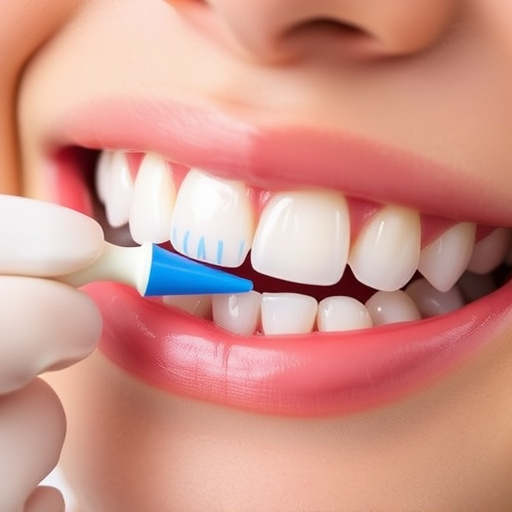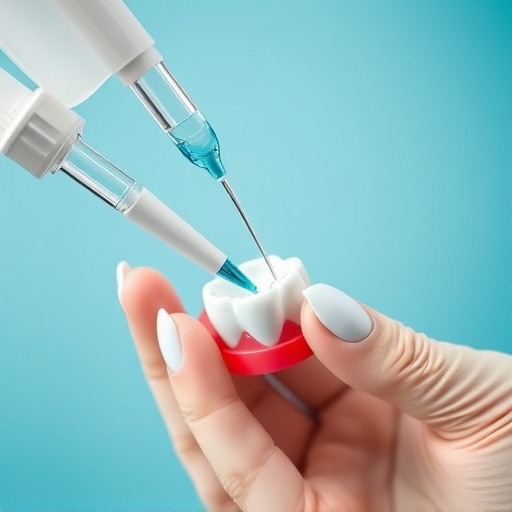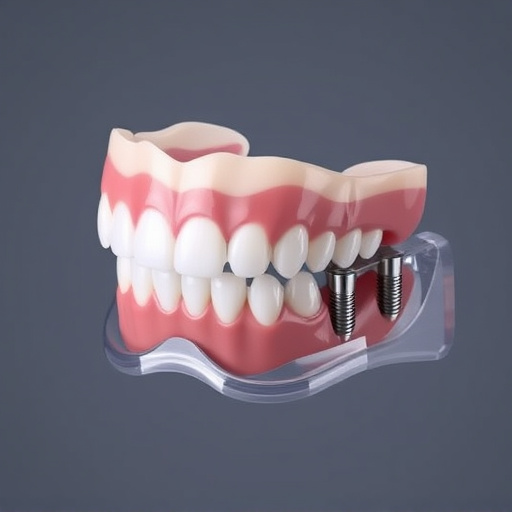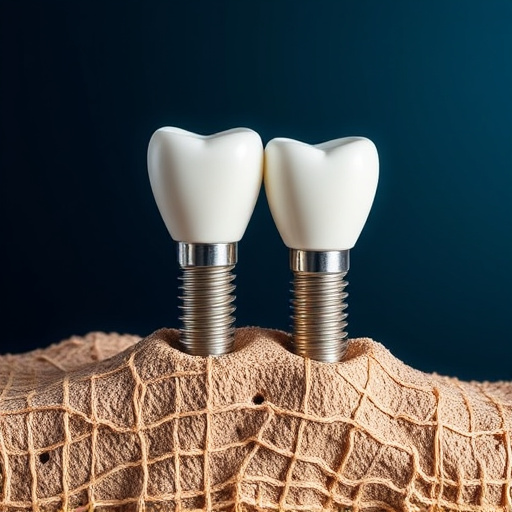Bone grafting treatment offers a comprehensive solution for severe gum disease-related bone loss. This surgical procedure involves replacing lost jawbone tissue with grafts from ethical sources or the patient's body to restore structure and support for dental implants. Successful osseointegration requires post-operative care, including regular cleanings, for new bone growth over time, ultimately providing improved aesthetics and a solid foundation for future dental work.
Bone grafting treatment has emerged as a powerful solution for gum disease-related bone loss. This advanced procedure offers hope to those suffering from periodontitis, a condition that can lead to significant tooth and bone loss. Understanding bone grafting for gum disease involves grasping how it leverages the body’s natural healing processes to regenerate lost bone tissue. This article delves into the science behind this treatment, exploring both its surgical process and remarkable benefits, including enhanced oral health and improved success rates.
- Understanding Bone Grafting for Gum Disease
- The Process of Bone Graft Surgery
- Benefits and Success Rates of Bone Grafting Treatment
Understanding Bone Grafting for Gum Disease

Bone grafting treatment for gum disease-related bone loss is a specialized procedure designed to address significant dental problems stemming from periodontitis or other gum ailments. This advanced dental technique involves surgically placing bone tissue in areas where bone has been lost due to inflammation or infection. The primary goal is not only to restore the structural integrity of the jaw but also to provide a solid foundation for dental implants, enhancing overall oral health and aesthetics.
Understanding bone grafting requires grasping the concept that it’s more than just a quick fix; it’s a comprehensive dental care solution. Through routine oral exams and dental cleanings, your dentist can monitor your gum health and identify potential issues early. If bone loss is detected, bone grafting can be recommended as part of a holistic approach to managing gum disease. This procedure not only reverses physical damage but also fosters a positive environment for future dental interventions, ensuring long-term benefits that extend beyond the treated area.
The Process of Bone Graft Surgery

Bone grafting surgery for gum disease-related bone loss is a meticulous procedure designed to rebuild and restore the jawbone structure. It involves the careful placement of a bone graft material, often taken from another part of the patient’s body or obtained from an ethical source, into the area where bone has been lost due to periodontal disease. This graft serves as a scaffold, encouraging new bone growth over time. The surgeon will make a small incision in the gum tissue to access the jawbone and ensure proper placement of the graft.
After the graft is secured in place, it needs to be maintained in order for successful osseointegration—the fusing of the graft with the existing bone. This usually involves adhering to a strict post-operative care plan including routine dental cleanings and regular follow-up visits for monitoring. In time, the grafted area will heal and new bone tissue will form, providing a solid foundation for future dental procedures, such as dental implants, should the patient choose to proceed with them following treatment.
Benefits and Success Rates of Bone Grafting Treatment

Bone grafting treatment offers a promising solution for individuals suffering from gum disease-related bone loss. This advanced dental procedure has gained significant popularity due to its remarkable benefits. By replacing lost bone tissue, bone grafting can restore structural support, improve jaw stability, and enhance overall oral health. It is particularly beneficial in cases where traditional treatments like scaling and root planing have been ineffective.
The success rates of bone grafting treatment are promising, with many patients experiencing positive outcomes. Studies show that bone grafting can lead to significant increases in bone volume and density over time. This not only improves the aesthetic appeal of the smile but also provides a solid foundation for dental restorations such as cosmetic fillings or dental implants. When compared to other treatments, bone grafting offers a more permanent solution, ensuring long-term stability and health for the gums and jawbone.
Bone grafting treatment has proven to be a highly effective solution for gum disease-related bone loss, offering significant benefits in terms of restoring oral health and improving overall quality of life. By understanding the process and its success rates, patients can make informed decisions about their dental care. Bone grafting surgery not only enhances bone regeneration but also provides a solid foundation for future dental restorations, ensuring long-lasting results. This advanced treatment option is worth considering for anyone seeking to combat the effects of gum disease on their jawbone structure.














